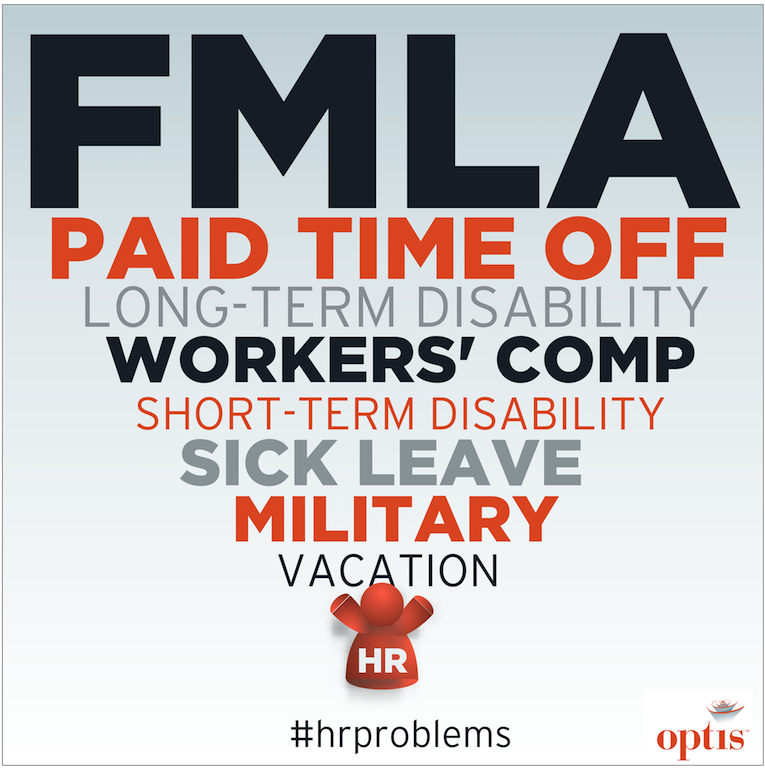Did you catch the Integrated Benefits Institute (IBI) study that was published last week, “[Early Warnings: Using FMLA to Understand and Manage Disability Absence](http://www.ibiweb.org/fmla2013)”? If not, HRE’s Leader Board did a great recap in their blog post [here](http://blog.hreonline.com/2013/02/27/fmla-as-an-early-indicator/?utm_campaign=twitter&utm_medium=twitter&utm_source=twitter). IBI’s study found that FMLA leaves can be predictive of future STD claims. It also emphasized the need to see the big picture of your employee leave trends.
This study supports our claim that integrating your data is one of the main components to getting a handle on your employee absence. Previously, we examined one of our client’s data over a two-year period and found a clear relationship between FMLA use and use of other disability claims.
Of the employees who utilized a leave (FMLA, STD, LTD, or WC):
+ 65% used both an FMLA leave and another disability claim.
+ 28% of employees who utilized leave time used more than two FMLA leaves or a disability claim without an FMLA leave.
+ 6% of the employees who utilized leave time used two or fewer FMLA leaves with no other disability claim.
Clearly, these findings emphasize the importance of proactively managing FMLA leaves and return-to-work (RTW) at the end of the leave duration. Here are three simple recommendations we have for leave managers:
**1. Integrate Your FMLA, STD and Leave Management Data** - Considering that 65% of the employees who used leave used both FMLA and disability, there’s an opportunity to integrate the management of these claims and improve efficiency.
**2. Run Reports on Your Integrated Data** - Get the key data that tells the story of your current absence state and trends. Report packages should include:
+ Concurrent Leave Summary — highlights stand-alone vs. concurrent absence
+ Episode Detail — list of all absence episodes
+ Employee History — incident, case, and claim history for all employees with active leaves
+ Program Summary — summary of all absence types, volume, status, lost time, and cost
+ Leave Reason Summary — view all leaves by reason and category
**3. Review Disability Policy Plans** - Review plans regularly and determine their role in influencing the progression of intermittent FMLA leaves to a disability claim. Strategically defining disability plan policies can reduce disability indemnity costs by lessening the occurrence of intermittent FMLA leaves progressing to a disability claim.
For more information and help on how to manage leaves, [contact us](http://optis.com/contact). Also, don’t forget to put up your updated FMLA posters by this Friday, March 8!

Keeping Short-Term Disability in Mind When Managing FMLA


